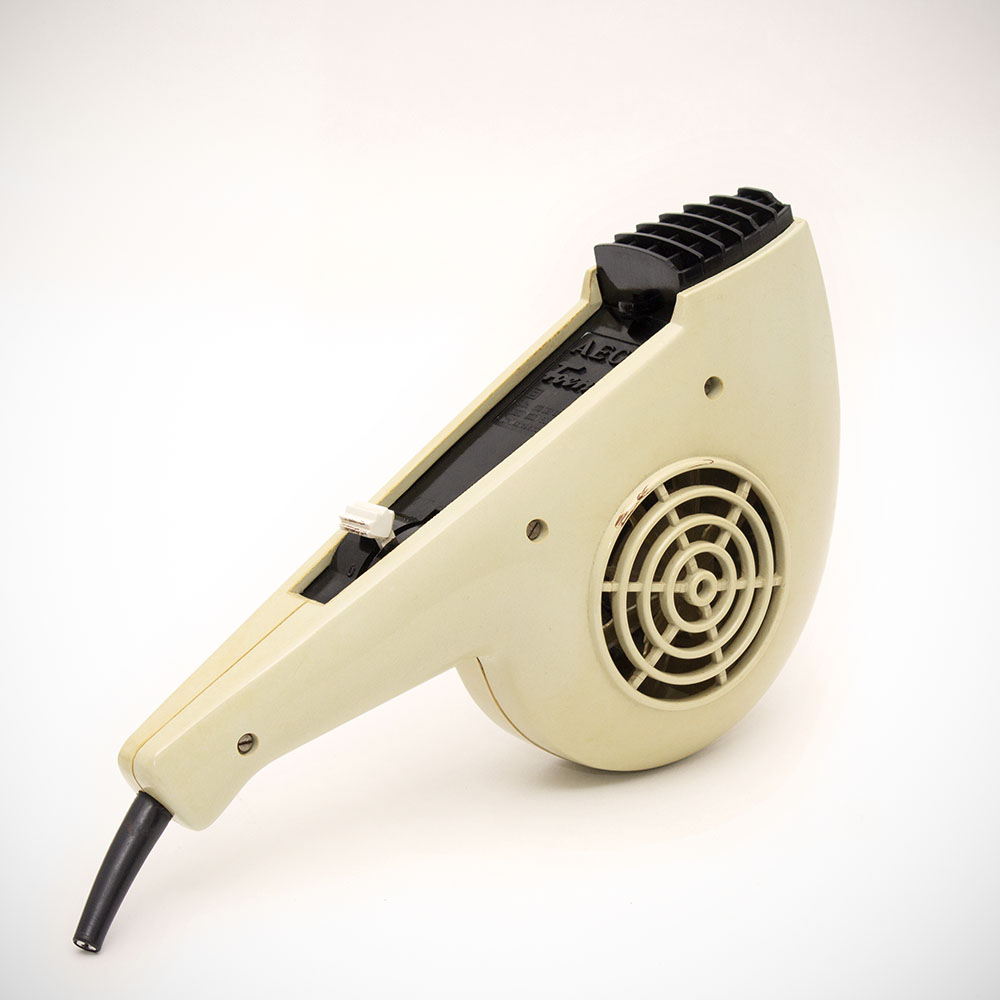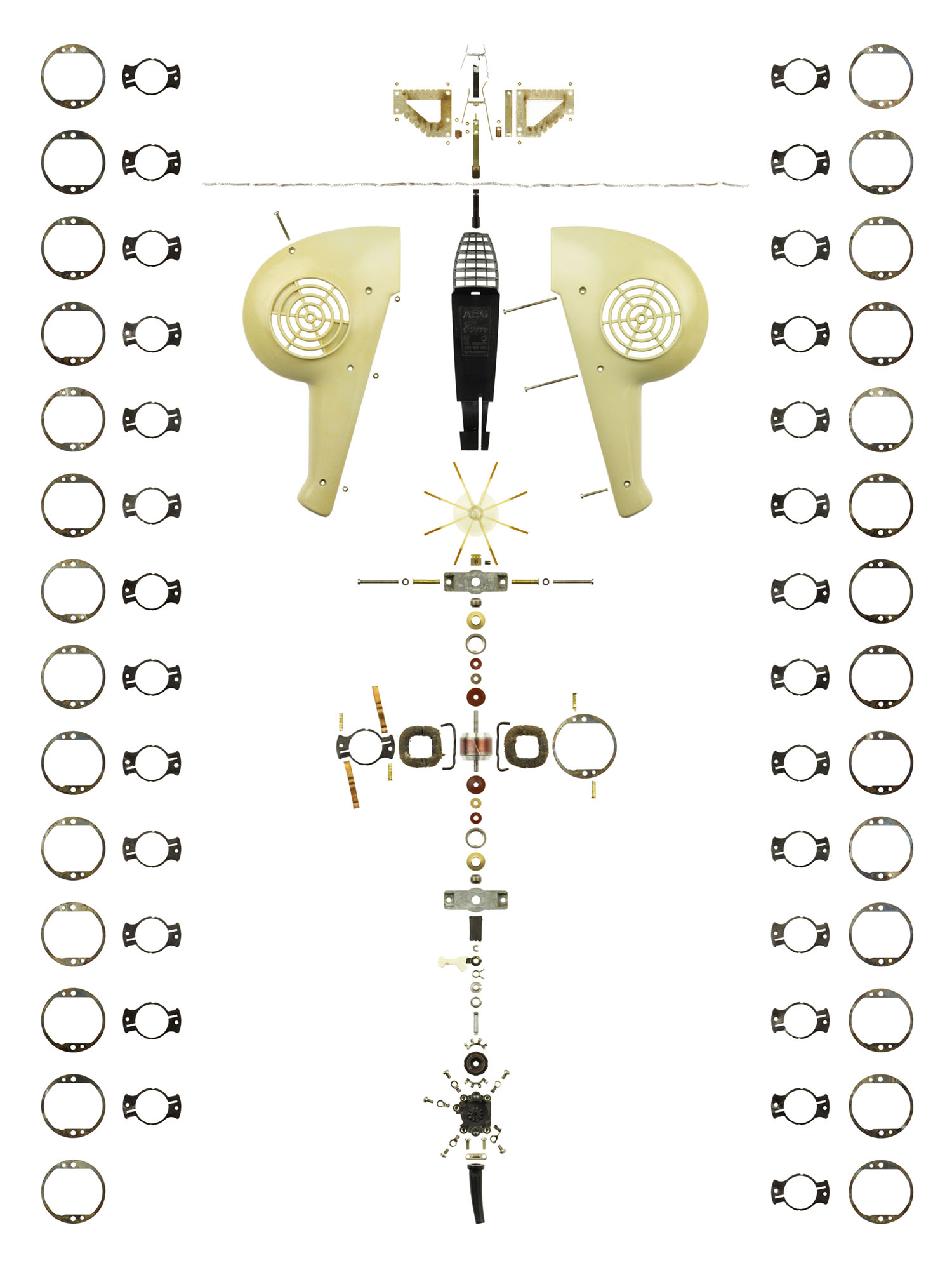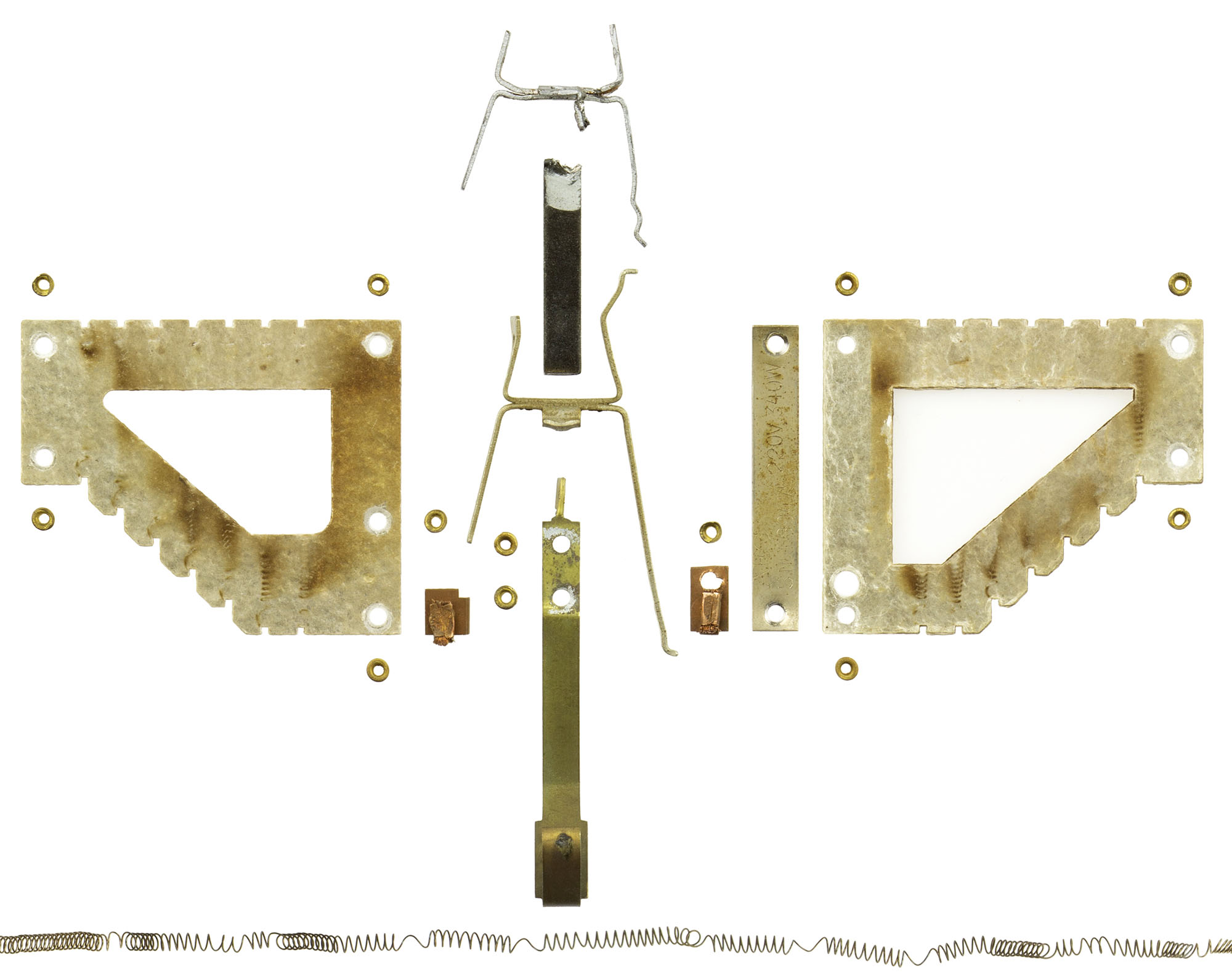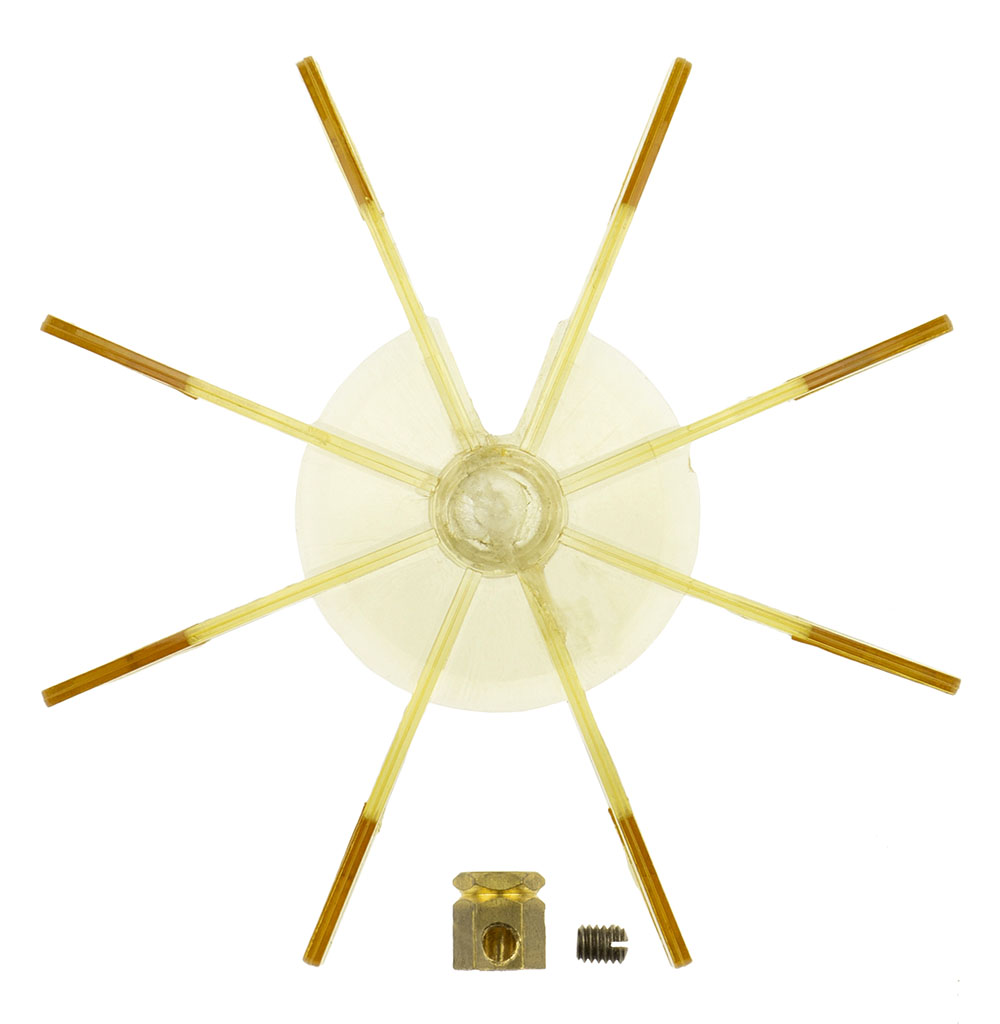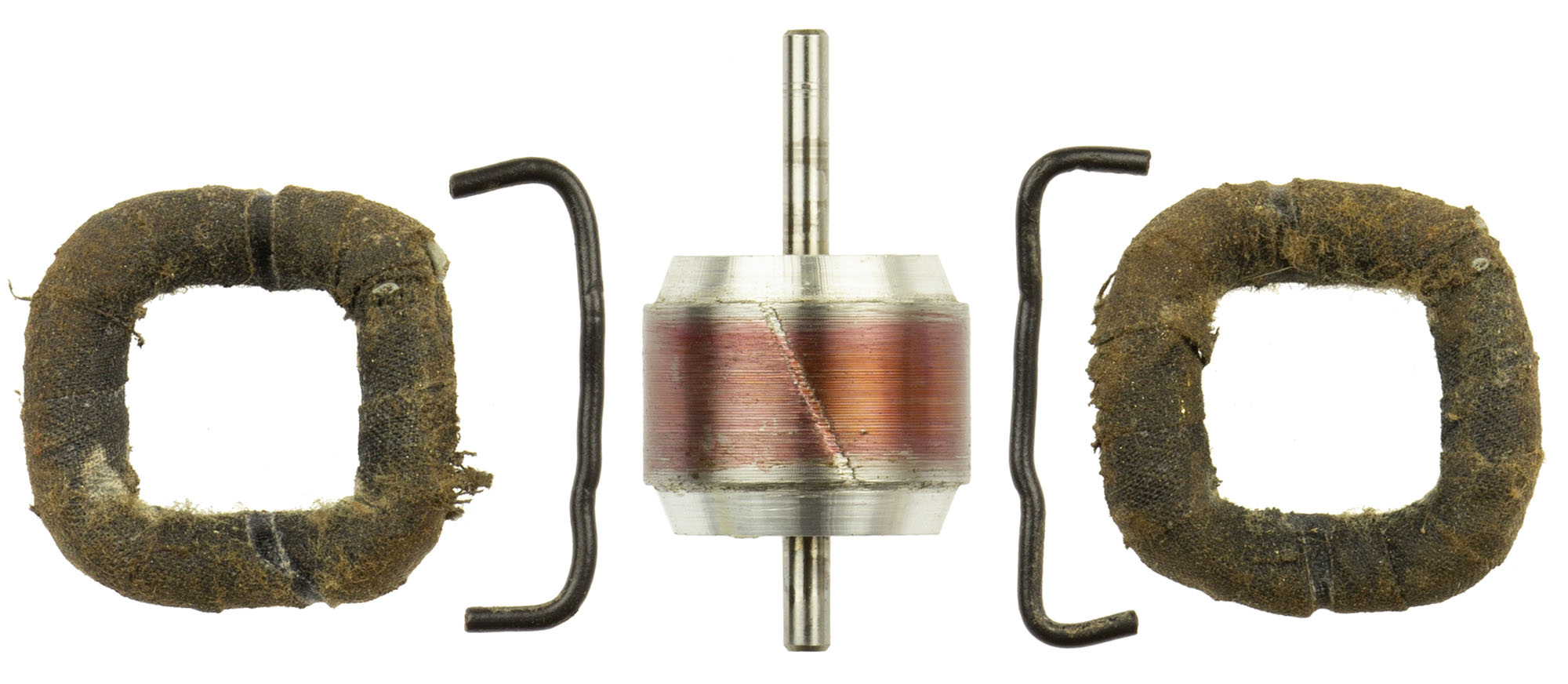
To Be or to Be Someone Else
Identity crises have been around as long as identities and crises, but they weren’t identified as a medical affliction until the early 1960s (by an unidentified psychiatrist). The official medical term was, and still is, I Want to Be Somebody Else Syndrome, but Identity Crisis sounds less silly and has become the label of choice for most psychiatrists and laymen.
The amount and general severity of IC cases have remained stable throughout long stretches of history, but there have been a few key moments when identity crises suddenly gained significant ground. One of the most recent boosts came with the breakthrough of television in the 1950s. The ideal worlds portrayed by tv shows and commercials disillusioned many people with the real world and in particular their own roles in it.
They continued to make the exact same products as before, but now they served a brand new, higher goal: to help identity crisis sufferers become someone else.
They made radios, TVs and record players to help people find inspiration for their next alter ego.
Typewriters to rewrite your life’s story over and over again.
Irons and washing machines for weight lifting and costume maintenance.
Blow dryers, curling irons, shavers and trimmers, because hair makes up 68.2 percent of your identity.
Toasters, blenders and stoves, because alter egos have to eat too.
AEG seemed destined to take over the global market. Until a humble consumer wanting to be Einstein realized that the appliances of any manufacturer could be used as alter ego generators, and everybody started buying Philips, Braun and Kalorik products again. Following this failure, AEG became so unhappy it ultimately lost all identity. After desperate mergers with Telefunken, Siemens, Daimler-Benz and ultimately Swedish Electrolux, the abbreviation no longer stood for anything; now it’s just AEG (pronounced ‘meh’).
*****
Deco Facts
Regular Deco: 21,155 x 15,866 pixels (4:3)
149 parts

